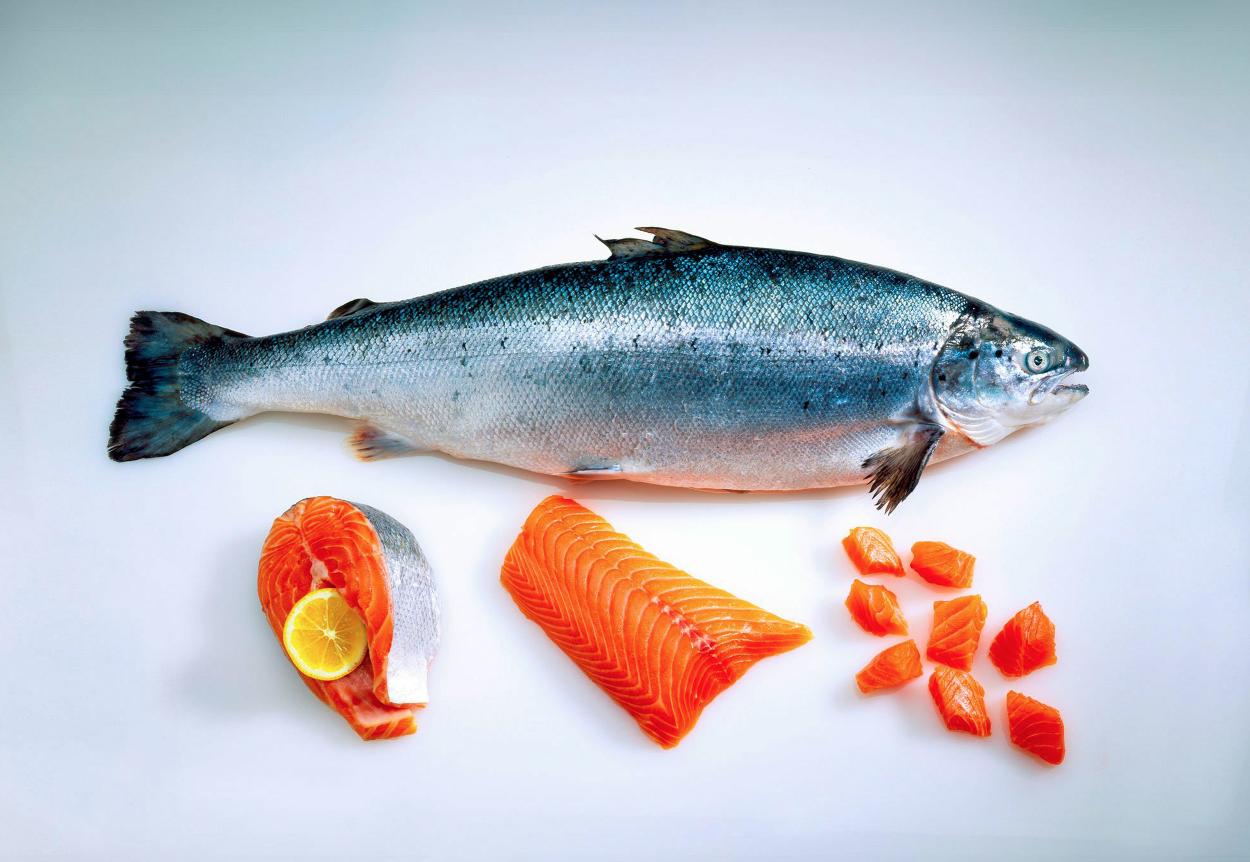

For decades, this windswept port has subsisted on what the Atlantic offers up, yielding hake, mackerel and an occasional bounty of lobster for its fishermen.
But on a concrete pier flanked by seabirds, workers will now unload crates of an unlikely newcomer: silvery smolts, barely the length of a hand, destined for offshore pens in the Benguela Current.
In the cold, oxygen-rich waters of the Benguela Current, Namibia is laying the foundation for a new frontier in aquaculture, making its first real foray into the global premium seafood market.
Last week, the African Aquaculture Company (AAC) secured Sh292 million in initial equity financing, backed by investors from Norway, South Africa and China, with provisions to scale up total equity funding to Sh876 million.
The project, based just off the coast of Lüderitz, is primed to produce high-value salmon at scale, a marked shift for a continent that traditionally relies on imports.
AAC’s strategy is to combine global expertise with Africa’s natural resources. Smolts are being raised at Fizantakraal near Cape Town before being transferred to Lüderitz, where the Benguela Current’s oxygen-rich waters provide near-perfect conditions for salmon farming.
Initial production is set at 1,000 tonnes per annum, with the company aiming to ramp up to 51,000 tonnes across three offshore sites, after obtaining its licences from the Namibian government last year.
AAC forecasts more than 5,000 direct and indirect jobs, from cage technicians to processing plant staff, with training programmes led by Norwegian aquaculture specialists.
“This project is a beacon of opportunity for Namibia. It will not only create jobs but also equip the local population with skills to thrive in the burgeoning global aquaculture industry,” AAC country director Clement Kaukuetu said.
With no salmon lice detected in the Benguela Current and meticulous environmental monitoring protocols in place, AAC seeks to meet international certification standards, including Global GAP and Aquaculture Stewardship Council standards.
Export markets are already on the radar, with South Africa, the Middle East and Europe earmarked for distribution.
Namibia’s first salmon harvest is expected in 2026, with production ramping up in the fourth quarter of 2025.
Globally, the salmon market is projected to grow at a 6.7 per cent CAGR, reaching $39.61 billion by 2029, driven by demand for protein-rich diets and sustainable seafood.
Norway, the current leader, exported 285,163 tonnes in Q1 2025 alone — a 16 per cent year-on-year increase. Africa’s nascent projects, though modest, aim to carve a niche in this expanding market.
But critics highlight sustainability concerns. A 2024 NGO report, Blue Empire, found that 2 million tonnes of wild fish are extracted annually to produce feed for farmed salmon, often sourced from food-insecure regions like Northwest Africa.
AAC said it has partnered with Skretting, a Norwegian feed producer committed to transparency in marine ingredient sourcing
Data from the UN Food and Agriculture Organisation (FAO) shows Africa’s aquaculture production grew by 12 per cent year-on-year in 2023, though salmon remains a nascent niche.
Now, a flurry of projects signals intent to disrupt the $30 billion global salmon market long dominated by Norway, Chile and Scotland.
Africa, with its vast coastline and under-utilised water resources, is now attracting investors keen to diversify production.
Namibia’s foray into salmon aquaculture isn’t isolated, reflecting a broader trend in Africa’s seafood industry, where investors are beginning to focus on premium fish farming with high returns.
In South Africa, Wild Coast Salmon has been farming organic-style Atlantic salmon since 2016. Located in the Eastern Cape, the project was Africa’s first attempt at commercial-scale salmon farming.
Analysts believe the infrastructure being built across Africa, including offshore cages, fishmeal plants and hatcheries, could unlock a wider basket of aquaculture exports, from trout in highland rivers to yellowtail kingfish in temperate coastal zones.
Africa’s aquaculture industry has grown more than fivefold between 2000 and 2022, making it the fastest-growing aquaculture sector in the world.
In the meantime, construction cranes, refrigerated trucks and offshore workboats are set to become regular sights around Lüderitz.











